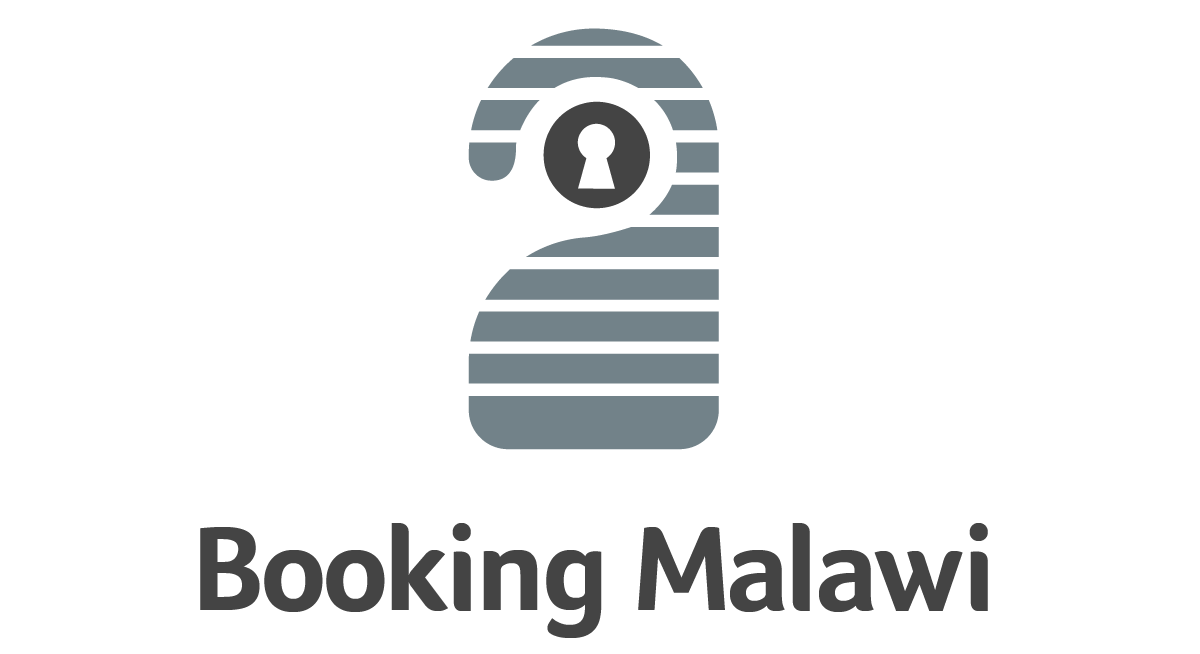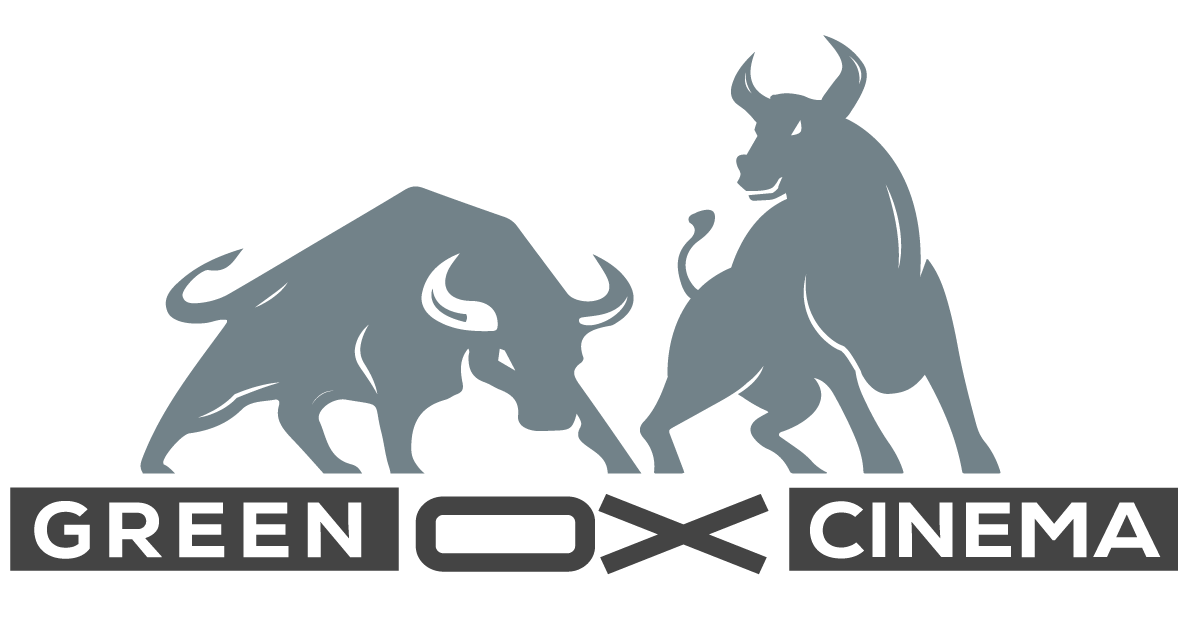Overview of the essential points in the consulting process
We provide Consulting for a software solution entails collaborating with clients to identify their specific requirements, designing a tailored solution, and guiding its successful implementation and long-term support to address their business needs effectively.
Get Quote Now























